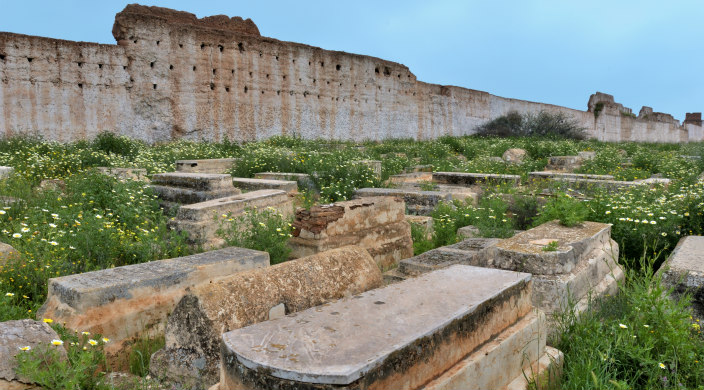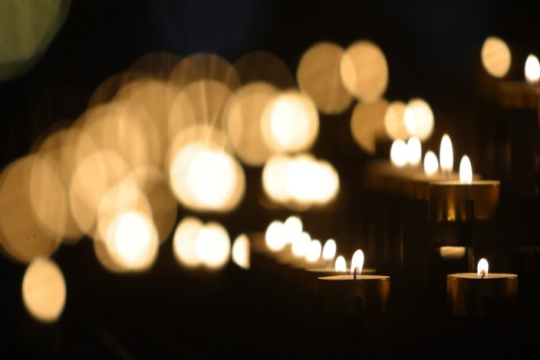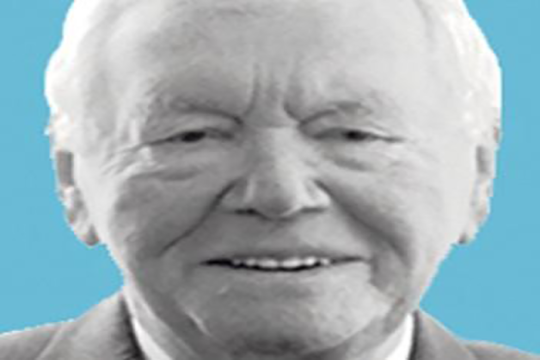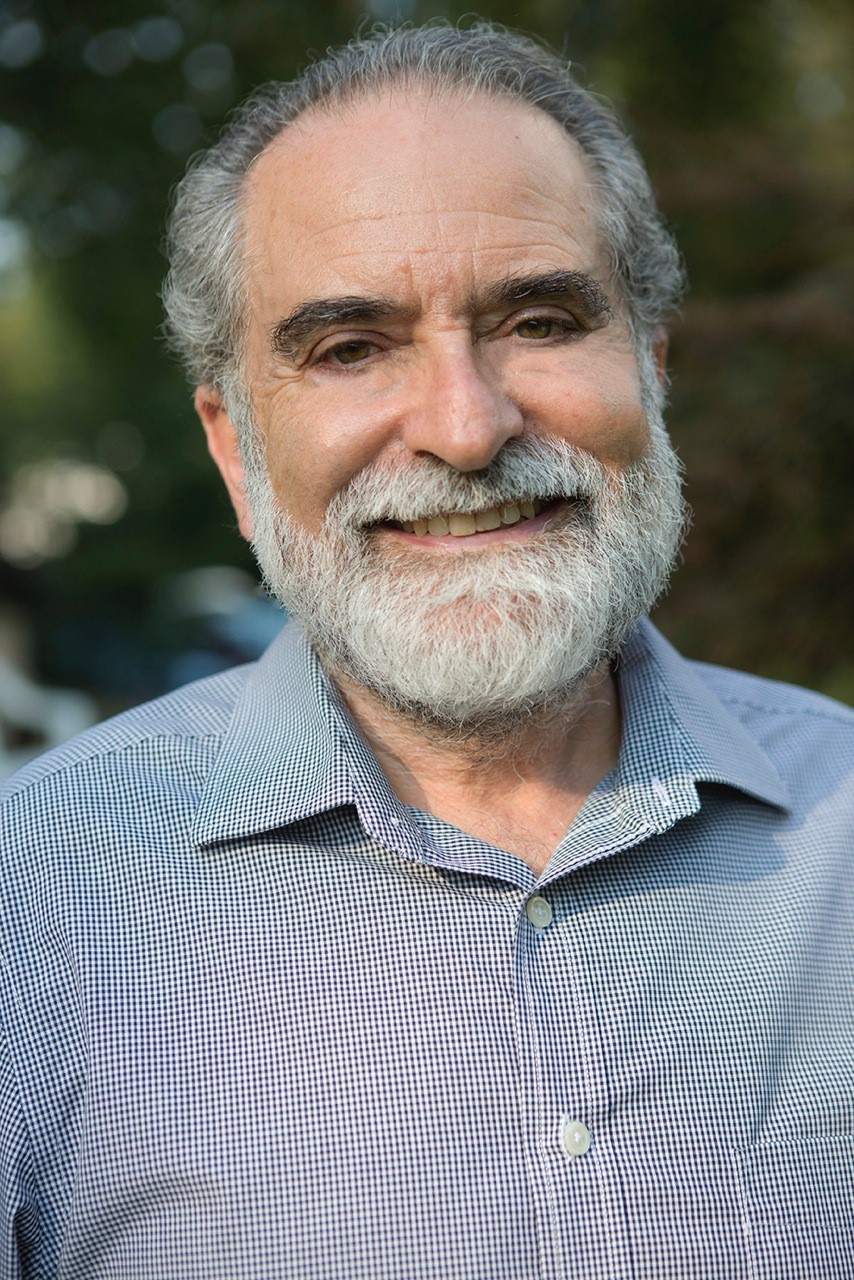
I had always thought of Jewish cemeteries as solemn places – but that was before going to a hilloula (festivity) 30 years ago in the Moroccan town of Ouazzane on Lag BaOmer, the Jewish holiday that falls on the 33rd day between Pesach and Shavuot.
In the town’s Jewish cemetery, more than a thousand Jewish pilgrims from inside Morocco and abroad pitched tents around the tomb of the venerated Jerusalem-born sage, Rabbi Amram ben Diwan, who died in Ouazzane on Lag BaOmer in 1782. They came not to mourn but to party and to pray for good fortune.
Rabbi ben Diwan was a tzaddik (righteous one), esteemed not only for his scholarship and healing, but for his daring as well. According to legend, he once disguised himself as a Muslim in order to gain entry into the Cave of the Patriarchs in Hebron (believed to contain the tombs of Abraham and Sarah, Isaac and Rebecca, Jacob and Leah). The holy site was under Ottoman control and strictly off-limits to Jews. Once inside, Rabbi ben Diwan prayed with such fervor that he came under suspicion. His transgression was reported by an informant to the pasha, but before he could be arrested, the rabbi fled to Morocco, where his return was welcomed by the many disciples he had raised during his previous 10 years in Ouazzane.
The hilloula of Rabbi ben Diwan opened with a boisterous auction to raise funds for the cemetery’s upkeep, now dependent on foreign donations, as all but of the 4,500 Jews who had once lived in Ouazzane emigrated after the establishment of the State of Israel. The pilgrims bid on boxes of white Shabbat candles, which they later tossed onto a bonfire at the edge of the rabbi’s grave to summon the healing powers of the sainted rabbi, of whom it was said, “His blessings always came to pass, incurable diseases were cured, the blind regained their sight, the mute found their voice, and infertile women gave birth” (according to Rabbi David Hanania Pinto, who leads hilloula pilgrimages to Morocco).
The earliest recorded hilloula, dating to 1522, describes festivities held at the traditional burial site of the second-century C.E. sage, Rabbi Shimon bar Yochai and his son Eleazar in what is now the northern Israeli village of Meron. On Lag BaOmer, the anniversary of Rabbi bar Yochai’s death, celebrants would “eat, drink, and be merry,” according to Rabbi Hayyim Vital of Safed. They also engaged in a practice the rabbis decried as “purposeless waste” – throwing costly garments into a bonfire.
Shimon bar Yochai, a student of the martyred Rabbi Akiva, was himself sentenced to death after an informant reported comments he made in opposition to Roman rule. To avoid the fate of Rabbi Akiva and keep Torah alive, he and Eleazar hid in a cave for more than 12 years, sustained by the fruit of a carob tree and a water spring that had miraculously appeared at the cave’s entrance.
What did they do for so many years in a cave? They studied and prayed. Each day, the Talmud recounts, “They took off their clothes and sat up to their necks in sand. All day they sat and studied, and when the time came to pray, they rose from the sand and got dressed. After praying, they took off their clothes again – all in order that they not wear out.” (Babylonian Talmud, Tractate Shabbat 33b-34a)
My guess is that the custom of throwing expensive clothes into the bonfire at his gravesite is a symbolic response to the sages’ concern about emerging from the cave dressed in rags.
The hilloula of Shimon Bar Yochai, which draws hundreds of thousands of Israelis and tourists each year, is an occasion to give 3-year-old boys their first haircut, a tradition attributed to the great Safed kabbalist, Rabbi Isaac Luria (1534-1572), who brought his son and family to nearby Meron for the hilloula.
Why age 3? Jewish law requires that fruit not be picked from a newly planted tree for three years. By analogy, if a boy’s hair is left to grow naturally for the first years of life, he will grow tall and be blessed with the knowledge of Torah. For good measure, the locks of hair were thrown into the “kindling,” as the oil-fueled hilloula bonfire was called.
Not all hilloulas fall on Lag BaOmer, as not all venerated sages died on the 18tg day of the Hebrew month of Iyar. If you visit the Jewish cemetery in the seaside Moroccan city of Essaouira on the 26th day of Elul, you would hear drumming, see people dancing, picnicking, and praying before a bonfire littered white candles. Welcome to the hilloula of Rabbi Haim Pinto, who died on September 28, 1845. Like Rabbi Ben Diwan, he was remembered as a tzaddik with miraculous powers.
Take it from me: After attending a hilloula, you’ll never think of a Jewish cemetery in the same way again.
Learn more about Lag BaOmer, including how it's celebrated and what recipes you make for the holiday this year.
Related Posts

This Tishah B'Av, Act as if There is No God

Remembering Rabbi Dow Marmur z”l


